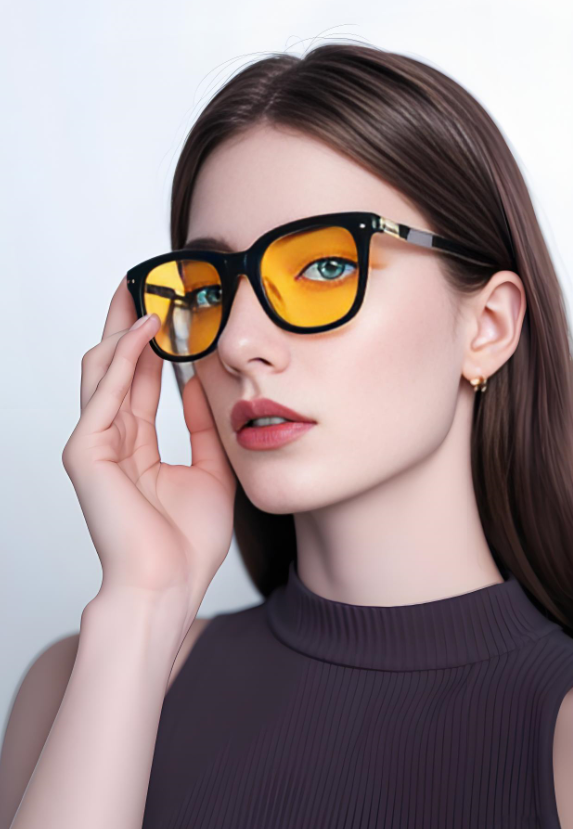The "Hundred Glasses Wars" of 2025: Shifting Focus to Lightweight Design and Software Intelligence
The year 2025 is poised to mark the "Hundred Glasses Wars," as major brands scramble to launch smart glasses amid fierce competition. Two critical factors will dominate this battle: weight optimization and software intelligence.
First, weight remains pivotal to consumer adoption. Research indicates that smart glasses exceeding 50 grams face market risks, with even devices over 45 grams struggling to gain acceptance. Lightweight design will emerge as a decisive competitive edge. Second, as hardware becomes increasingly commoditized, differentiation will shift to software capabilities, particularly AI-driven functionalities. Brands leveraging advanced large-language models (LLMs) to deliver intuitive, user-centric features will dominate this space.
"Glasses First, Features Later" vs. "Features First, Glasses Later": A Philosophical Divide
The evolution of AR/AI glasses reveals a historical disconnect between brand ambitions and consumer expectations. In the early 2020s, brands prioritized technical breakthroughs—positioning AR glasses as smartphone or PC replacements—while consumers emphasized wearability. This divergence birthed two competing philosophies:
-
"Glasses First" Approach: Prioritizes ergonomic design, comfort, and aesthetics, ensuring the device remains desirable even without electronic functionality. Brands adopting this mindset recognize that 70%-80% of success hinges on creating eyewear users genuinely enjoy wearing. Functionality is then incrementally layered, boosting product viability to 90%-100%.
-
"Features First" Approach: Focuses on pushing technological boundaries (e.g., AR overlays, computing power) before addressing wearability. This strategy, driven by brand ambitions, often results in bulky, uncomfortable designs that fail consumer expectations.
The "glasses first" philosophy prioritizes user experience, aligning with practical realities: consumers reject devices that compromise comfort or style, regardless of technical prowess. By solving wearability first, brands create a foundation for sustainable innovation—ensuring smart glasses evolve from niche novelties to mainstream essentials. In 2025, this user-centric approach will separate industry leaders from also-rans.
